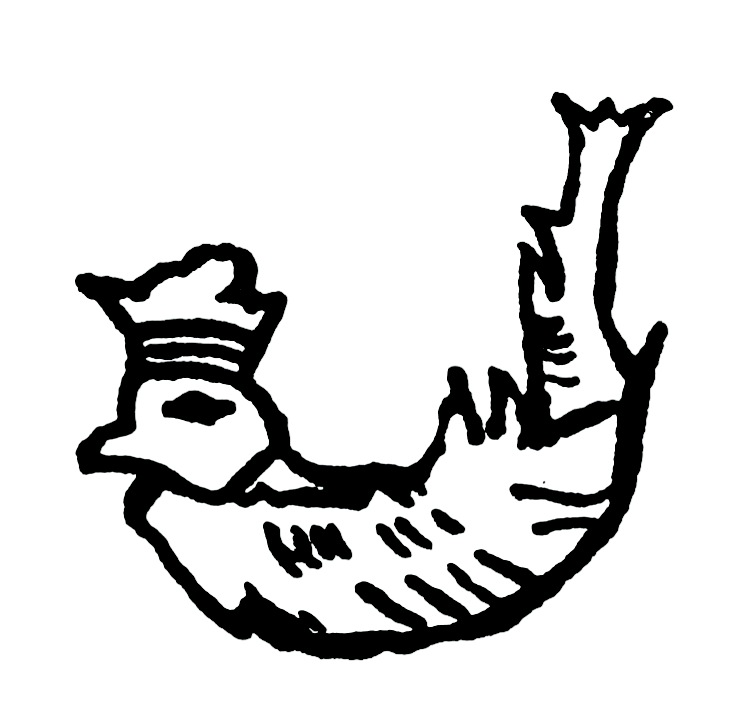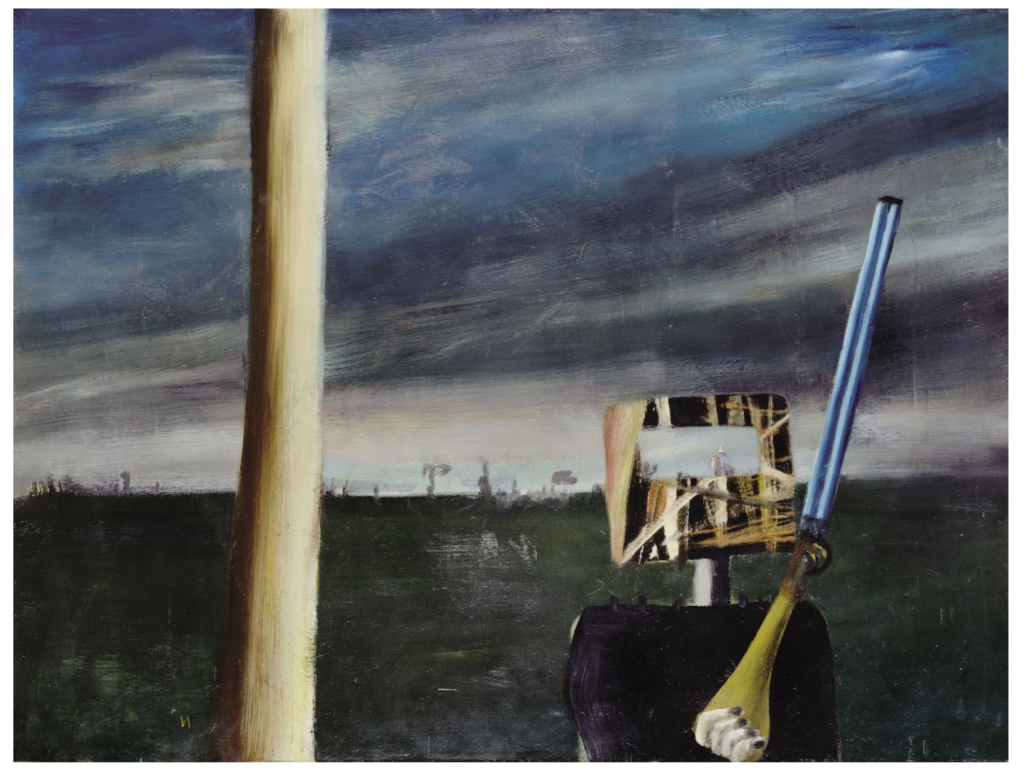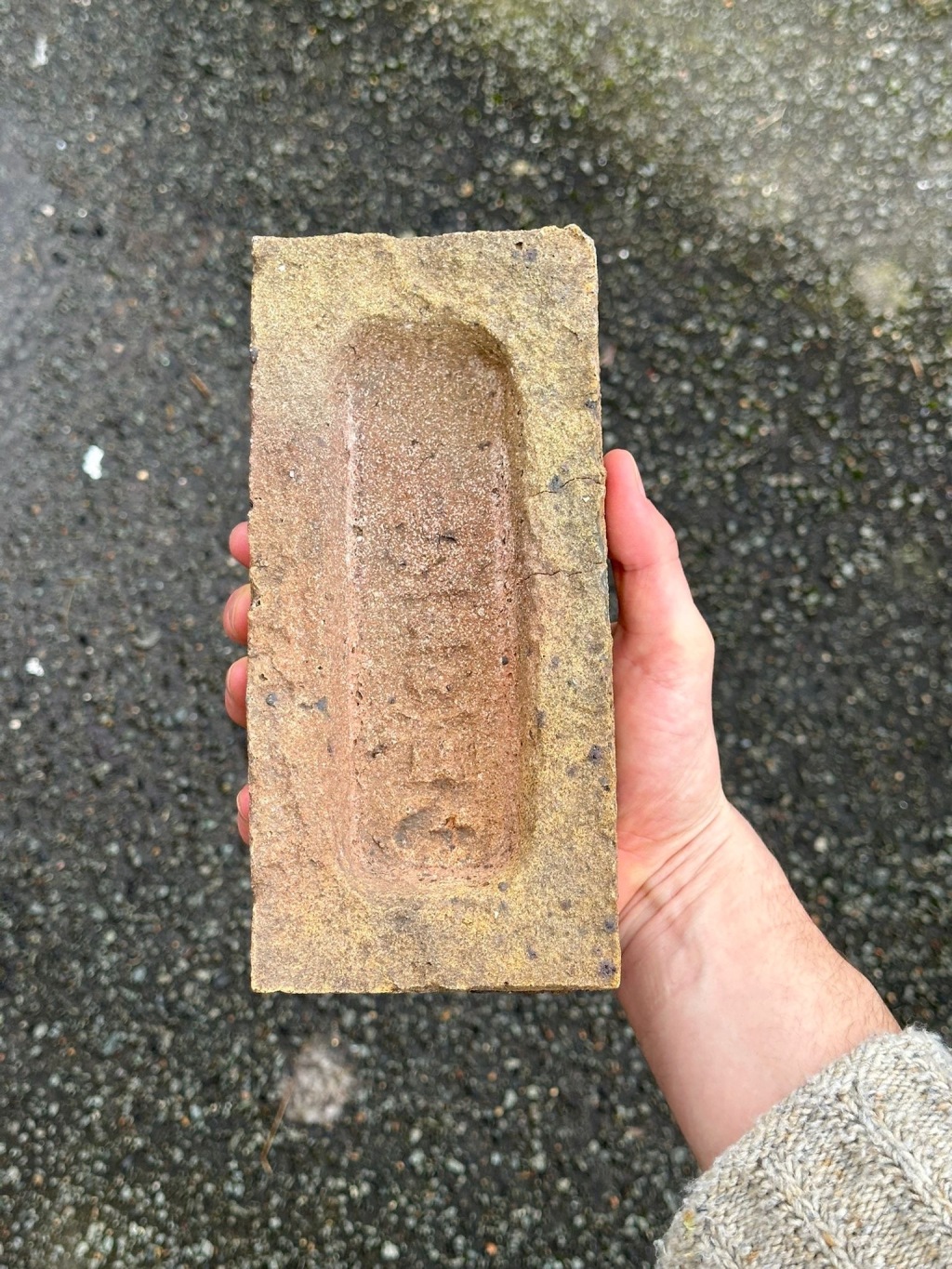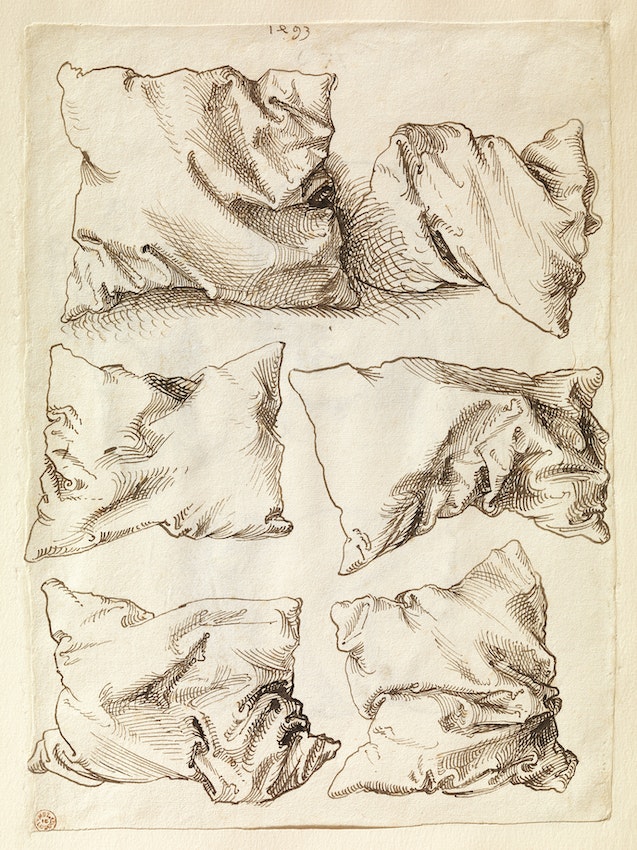
Adriana Natcheva, architect, on Carlo Scarpa’s Poliedri, designed for Venini.
GB Tell me why you chose this.
AN I chose the Poliedri by Carlo Scarpa for a number of reasons. The story goes back to the 13th century and the small island of Murano, the home of Venitian glass-making. The Venitians discovered a local compound, which allowed them to make the clearest and finest glass in the world. The discovery of this incredible substance brought fame and fortune to the glass-making houses of Murano. Each house had its own special silica compound, which shrouded in secrecy was passed down the generations, from father to son. In many of the houses the tradition remains to this day – the glass blowers arrive in the morning to furnaces already filled with the mixed compound, the consistency of which they test by making a fresh espresso cup each morning. And the silica compound was not the only secret of the houses of Murano, their designs were fiercely guarded and traditionally created in-house by the family owners. Venini was different. Established in the 1920s, the house of Venini invited architects and designers to create with their glass compound. This is how Carlo Scarpa came to be the artistic director from 1932 to 1947. It is during this time that he created the Poliedri.
I love this object for many reasons. Its beauty emerges in action – when the Poliedri captures light from a bulb it renders it in the likeness of candlelight or sunlight reflected on the surface of water. So it’s interesting to see Scarpa working with glass to humanize a technological innovation. It’s shape is also remarkable. It’s a polyhedron – a 3-dimensional object with many planar faces – which can be assembled in multiples in any configuration to infinity. There is no constraint, the assembly can take any form – look at what Scarpa did with the Polierdi for the expo in Turin in the 1960’s. This is an example of a brilliant architect thinking on many scales at the same time and a master lesson in bespoke mass production. The moulds are made of metal but the glass blower propels the melted glass inside with his breath, so the fold of the glass reflects each exhalation: the result is a perfectly imperfect surface that makes artificial light look natural. I would say that is beautiful.
GB They look as though they form a huge beehive. How do the bulbs fit in?
AN The bulbs are behind the glass Poliedri, in the centre of a metal structure. The pieces are arranged in various configurations depending on the desired light effect: the larger the structure, the more sophisticated the effect.
GB And were they terribly expensive even then?
AN They were then and they are now. It takes 15 years to become an apprentice to a glass-blower in one of the houses of Murano. Most of the people who do this are obsessed with it. They are in love. A lot of the traditional designers know how to do it themselves. It’s a process of working with the glass not against it, so they work at the furnace and then the drawing board, backwards and forwards in a kind of dance, allowing themselves to be surprised by the material rather than simply impose their will on it.
GB You must have to work with new technology all the time. Do you like the fact that this process is so old? Is it a more beautiful process.
AN I don’t mind who invented it or how old it is. I like the fact that it retains its humanity. When I do things I look for that.
GB Do you think you can do that through new processes like 3D printing.
AN It’s very important to know how things might age. Plastic is the material most people use in 3D printing and it’s interesting because it adopts the temperature in the room. It’s normally body temperature. But it’s a killer in terms of ageing. It’s the patina of time and the way that something is used that makes it your own. Nothing in nature is straight or uniformly colored. It’s a very interesting question about technology: could we ever decide that something super-uniform is more beautiful than something natural? I don’t know. Change is somehow related to life. How do we know what’s beautiful in the first place? Where does that initial choice come from? It comes from us, from our bodies, from nature. Everything in the body is imperfect.
GB So would you say that finding something beautiful is a very instinctive thing for you? Are there times when you might not love something on first sight but it will have elements of something intellectual or emotional for you that make it beautiful?
AN You might say an idea is beautiful, but if something looks like a car crash it doesn’t matter how much people explain it to you, you’re not going to be drawn to it. I think beauty is something that pleases you instinctively. You might find something beautiful because it has served you but that wouldn’t make you want to live with it.
GB So you wouldn’t find something beautiful for nostalgic reasons, because you’d grown up with it?
AN Probably, but that would be an error of judgment.
GB And the flip side to ageing is how you look after things. Are these hard to clean?
AN They’re tough things – you put them in the dishwasher! And they do age because glass is not stable. It’s drawn down by gravity, but it moves so slowly that we can’t see it. That’s a lovely thing to remember in a world obsessed with permanence.
GB You’re used to working with spaces where things happen and when I saw this picture I thought you’d picked a decorative object.
AN I don’t think it’s decorative at all. Decoration implies that it’s superficial. One of the most important things in a space is the light. In fact, it doesn’t matter what you put in a space, the most expensive material or intricate design will look misplaced if it is not lit right. In the daytime you have to consider where the light comes from, how you let it in, how you block it, how you play with it. At night, you have to decide what to bring out and what to hide. For example, the glass in old candle-lit chandeliers should only be seen as it was designed to be seen, in half-light as though in a dream.
GB Do you think the primary reason for this design came from the way it reflects the light rather than the aesthetic of the shape.
AN Absolutely. These were designed to sit together. One on its own looks like a fish out of water. The shape loses itself in order to make the light visible.
GB What makes something worthy of the word Beauty to you?
AN It’s usually a feeling of being overwhelmed, so it’s definitely an emotion rather than a decision you make on a rational basis, even if you try to rationaliSe it afterwards. I think beauty is something that connects us and that’s why it’s so exciting: to say that something is beautiful and feel it touching a chord in you, is to sense a truth that another can see too. So it’s a way of being known.





